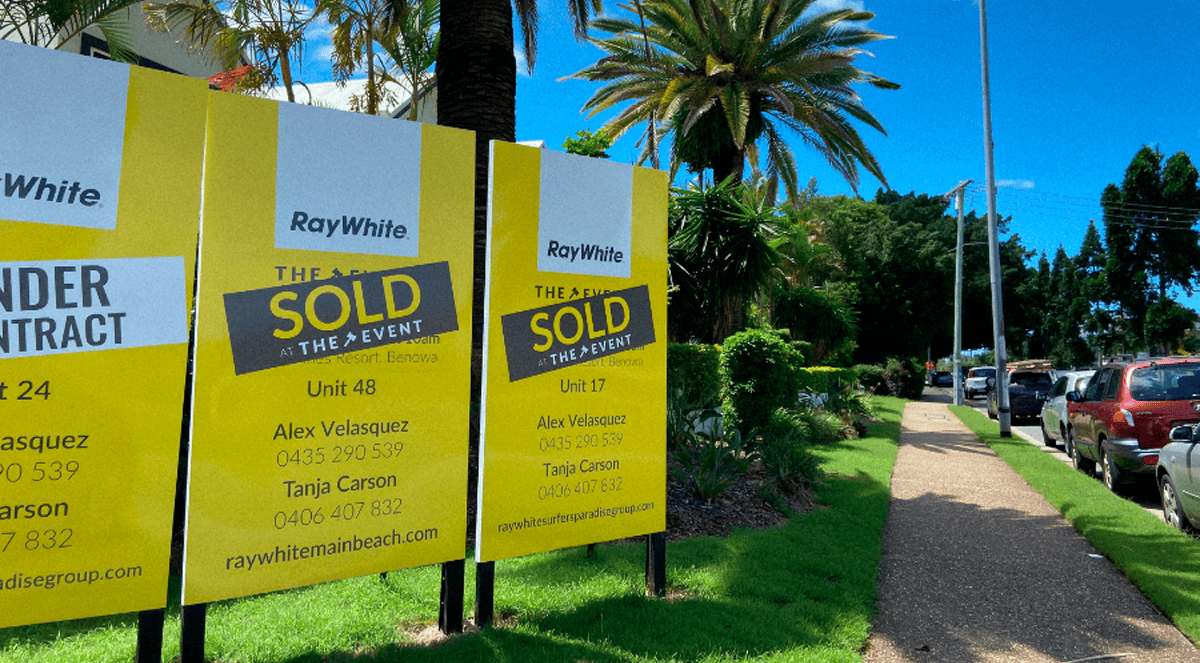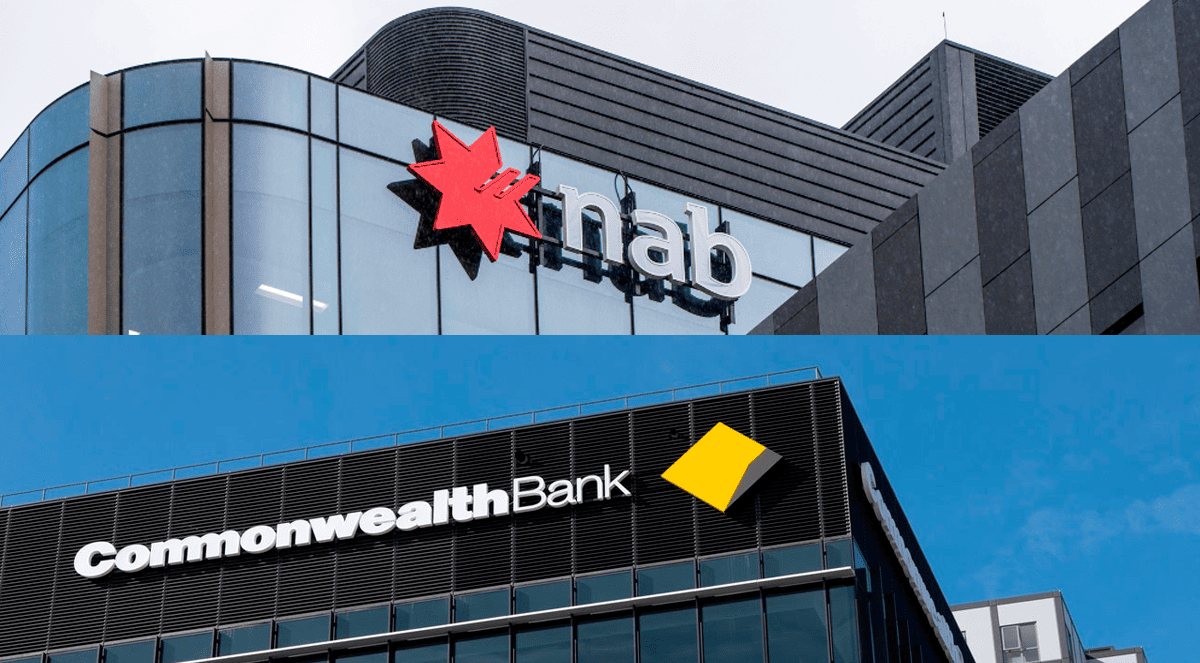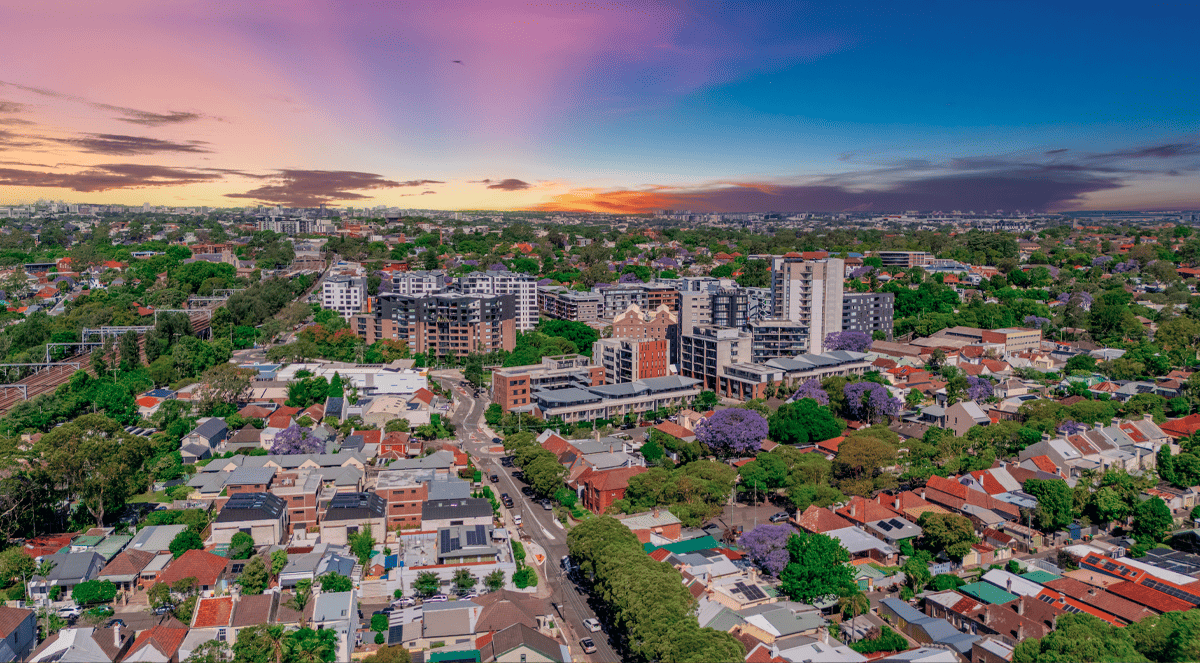Features > Property News & Insights > Market updates
First-home buyers drive near-record mortgage approvals

Image from Ewen Stafford's LinkedIn Page
KEY POINTS
- Loans written through Australia’s biggest mortgage broker network surged to $4.62 billion in June 2025, the second-highest monthly figure on record
- First-home buyer approvals jumped 35% month-on-month to their highest level since 2022, driven by lower interest rates and targeted FHB government policies
- Despite recent rate cuts, only 1 in 10 variable-rate borrowers reduced repayments, with most choosing to maintain higher payment levels to reduce debt faster
Australia’s largest mortgage aggregator business says new loan approvals surged to $4.62 billion across its network in June 2025 – the second-highest monthly figure on record.
Loan Market Group says the uplift was driven by a surge in first-home buyer activity and a shift in borrower behaviour toward paying off debt faster.
The details
LMG’s latest National Mortgage Report shows that approvals for home loans (excluding refinances) rose 5% month-on-month in June and were an astonishing 21.1% higher than the same time last year.
The result was only narrowly behind a record $4.8 billion achieved in July 2024.
Loan Market Group provides software, support and the ability to process commissions to around 6,000 - or 15% - of mortgage brokers in Australia.
It says, in June, brokers in its network saw “upgraders” (existing homeowners moving to larger or more expensive dwellings) make up the largest share of borrowers (53%), followed by investors (34%) and first-home buyers (13%).
However, it was first-home buyers (FHBs) who stole the spotlight.
Between May and June, FHB approvals jumped 35%, compared to just 1.5% growth for upgraders and 1.2% growth for investors.

Image from ABC News/Julian Andrews
According to LMG, this was the highest level of first-home buyer activity since the group began tracking this data in 2022.
The report points to several possible drivers behind the spike, including a “post-election bounce” after the Albanese government’s Federal election victory, with a number of its housing policies aimed squarely at first-home buyers.
Another key factor was falling interest rates, with the Reserve Bank of Australia cutting the cash rate in May 2025 – its second cut of the year after an initial move in February – helping to improve borrowing capacity for buyers.
Victoria dominated first-home buyer activity, accounting for 39% of all FHB applications nationally and 18% of all loan applications in the state.
Queensland followed with a 21% share of FHB applications, while New South Wales saw only 18% of national FHB activity.
In fact, when you hone in on first-home buyer applications in New South Wales, they made up just 8% of the total number of mortgage applications in that state in June - a statistic that speaks to the substantial housing affordability challenges in big cities like Sydney, Newcastle and Wollongong.
Existing owners
Beyond the headline growth in approvals, LMG’s report highlights what the company says is a shift in borrower behaviour.
Despite lower interest rates, only one in 10 variable-rate customers have reduced their principal and interest repayments.
Instead, the majority are choosing to maintain existing payment levels, effectively paying down their loans faster.
“Most borrowers aren’t easing off, they’re doubling down,” says Ewen Stafford, Executive Director and CEO of LMG.
“They’re using this breathing room to get ahead, not spend more.
“That tells us a lot about where Australians are at – cautious, considered, building buffers, accelerating the paydown of their loan, and setting themselves up,” he says.
“That’s a smart move.”
Mr Stafford says this trend reflects a change in mindset by borrowers and a major opportunity for mortgage brokers.
“That creates a very real moment for brokers to step in and offer guidance.
“Clients who are paying more than the minimum monthly repayments may not realise how much room they have to move, whether it’s repricing, restructuring, or unlocking equity,” he says.
“Unless repayment behaviour shifts, we’re unlikely to see a major lift in lending volumes.”
According to Mr Stafford, the shift in repayment behaviour is likely to spark more conversations between brokers and clients in the months ahead.
“LMG expects this change to drive borrowers to look beyond just interest rates, focusing more on (loan) structure, flexibility and long-term strategy,” LMG’s National Mortgage Report notes.
“This is a moment for brokers to lean in,” Ewen Stafford says.
“Clients who are quietly paying more than they need to may have more options than they realise – to save, to restructure, or to plan for what’s next.
“It’s a change in how people are thinking about debt.
“They’re more focused on control, not just cheap rates.
“Brokers have a chance to lead those conversations.”
The take-out
LMG’s data paints a complex picture for the mortgage and housing markets.
On one hand, the near-record approvals signal strong buyer activity, particularly from first-home buyers, aided by lower rates and targeted government incentives.
On the other, borrowers’ reluctance to reduce repayments suggests a more cautious consumer sentiment, shaped by recent cost-of-living pressures and memories of rapid rate hikes.
Industry observers say this “pay down debt” mindset could temper the pace of housing market price growth in the short term, but also place many households in a stronger financial position over the longer term.
LMG CEO Ewen Stafford says the message to brokers in his network is clear.
“The opportunity is there – not just to write more loans, but to help Australians take control of their debt and set themselves up for the future,” he says.
Stay Up to Date
with the Latest Australian Property News, Insights & Education.




.png?width=292&height=292&name=Copy%20Link%20(1).png)
 SIGN UP FOR FREE NEWSLETTER
SIGN UP FOR FREE NEWSLETTER





.jpg?width=1920&height=1080&name=Warning%2c%20You%20Might%20Be%20Facing%20Higher%20Taxes%20Soon%20(1).jpg)





.png?width=1920&height=1080&name=Rate%20Drops%20Signal%20BIGGEST%20Property%20Boom%20in%20DECADES%20(1).png)

.jpg?width=1920&height=1080&name=Labor%20vs%20Liberal%20These%20Housing%20Policies%20Could%20Change%20the%20Property%20Market%20Forever%20(1).jpg)
.jpg?width=1920&height=1080&name=QLD%20Slashes%20Stamp%20Duty%20Big%20News%20for%20Investors%20%26%20Home%20Buyers%20(1).jpg)
.jpg?width=1920&height=1080&name=Trump%20Just%20Slapped%20Tariffs%20%E2%80%93%20Here%E2%80%99s%20What%20It%20Means%20for%20Australia%20(1).jpg)
.jpg?width=1920&height=1080&name=Federal%20Budget%202025%20More%20Debt%2c%20No%20Housing%20%E2%80%93%20Here%E2%80%99s%20What%20You%20Need%20to%20Know%20(1).jpg)
.jpg?width=1920&height=1080&name=Australias%20Housing%20Crisis%20is%20about%20to%20get%20MUCH%20Worse%20(New%20Data%20Warns).jpg)
%20(1).jpg?width=1920&height=1080&name=Australias%20RENTAL%20CRISIS%20Hits%20ROCK%20BOTTOM!%20(2025%20Update)%20(1).jpg)
%20(1).png?width=1920&height=1080&name=Is%20Adelaide%20Still%20a%20Good%20Property%20Investment%20(2025%20UPDATE)%20(1).png)
.jpg?width=1920&height=1080&name=RBA%20Shocks%20with%20Rate%20Cuts!%20What%E2%80%99s%20Next%20for%20Property%20Investors%20(1).jpg)
%20(1).jpg?width=1920&height=1080&name=I%20Predict%20The%20Feb%20Rate%20Cut%20(My%20Price%20Growth%20Prediction)%20(1).jpg)
.png?width=1920&height=1080&name=Why%20Property%20Prices%20Will%20Rise%20in%202025%20Market%20Predictions%20(1).png)
.jpg?width=1920&height=1080&name=Why%20Investors%20Are%20Choosing%20Apartments%20Over%20Houses%202%20(1).jpg)
.jpg?width=1920&height=1080&name=Why%20Rate%20Cuts%20Will%20Trigger%20A%20Property%20Boom%20(1).jpg)
.jpg?width=1920&height=1080&name=Retire%20On%202Million%20With%20One%20Property%20(Using%20SMSF).jpg)
.jpg?width=1920&height=1080&name=4%20Reasons%20Why%20You%20Should%20Invest%20in%20Melbourne%20Now%20(1).jpg)
%20(1).jpg?width=1920&height=1080&name=Old%20Property%20vs%20New%20Property%20(Facts%20and%20Figures%20Revealed)%20(1).jpg)
%20(1).jpg?width=1920&height=1080&name=Will%20The%20New%20QLD%20Govt%20Create%20a%20Property%20Boom%20or%20Bust%20(My%20Prediction)%20(1).jpg)
%20Scott%20Kuru%20(1).jpg?width=1920&height=1080&name=Inflation%20Hits%20Three-Year%20Low%20(Will%20RBA%20Cut%20Rates%20Soon)%20Scott%20Kuru%20(1).jpg)
.jpg?width=1920&height=1080&name=How%20to%20Buy%20Investment%20Property%20Through%20SMSF_%20The%20Ultimate%20Guide%20(1).jpg)
.jpg?width=1920&height=1080&name=Victoria%20Slashes%20Stamp%20Duty%20Melbourne%20Set%20to%20Boom%20Scott%20Kuru%20(1).jpg)
.png?width=1571&height=861&name=Are%20Foreign%20Buyers%20Really%20Driving%20Up%20Australian%20Property%20Prices%20(1).png)
.jpg?width=1920&height=1080&name=The%20Single%20Factor%20That%20Predicts%20Property%20Growth%20Regions%20(1).jpg)
%20Scott%20Kuru%20(1).jpg?width=1920&height=1080&name=My%20Prediction%20On%20Rates%20%26%20Negative%20Gearing%20(Market%20Crash)%20Scott%20Kuru%20(1).jpg)

-1.png?width=1920&height=1080&name=Major%20Banks%20Cut%20Rates%20Will%20RBA%20Follow%20Suit%20(Sept%20Rate%20Update)-1.png)
%20Scott%20Kuru-1.png?width=1920&height=1080&name=Rate%20Cut%20Coming%20What%20New%20Zealands%20Move%20Means%20for%20Australia%20(Sept%20Prediction)%20Scott%20Kuru-1.png)
%20(1).jpg?width=1920&height=1080&name=Buy%20when%20the%20interest%20rates%20are%20high!%20(Why%20you%20must%20buy%20now!)%20(1).jpg)
.jpg?width=1920&height=1080&name=Carms_Revised%20Taxes%20Due%20Aug%209%20YT%20Thumbnail02%20(1).jpg)
.jpg?width=1920&height=1080&name=Carms_Too%20Little%20Too%20Late%20Aug%207%20YT%20Thumbnail01%20(1).jpg)









.jpg?width=1920&height=1080&name=Carms_Rate%20Drop%20In%20July%20Jun%2010%20YT%20Thumbnail02%20(1).jpg)
.jpg?width=1920&height=1080&name=Carms_Own%20a%20Property%20V6%20Jun%205_YT%20Thumbnail%20(1).jpg)









.png?width=1920&height=1080&name=Artboard%201%20(3).png)






.jpg?width=1920&height=1080&name=YT%20thumbnail%20%20(1).jpg)

